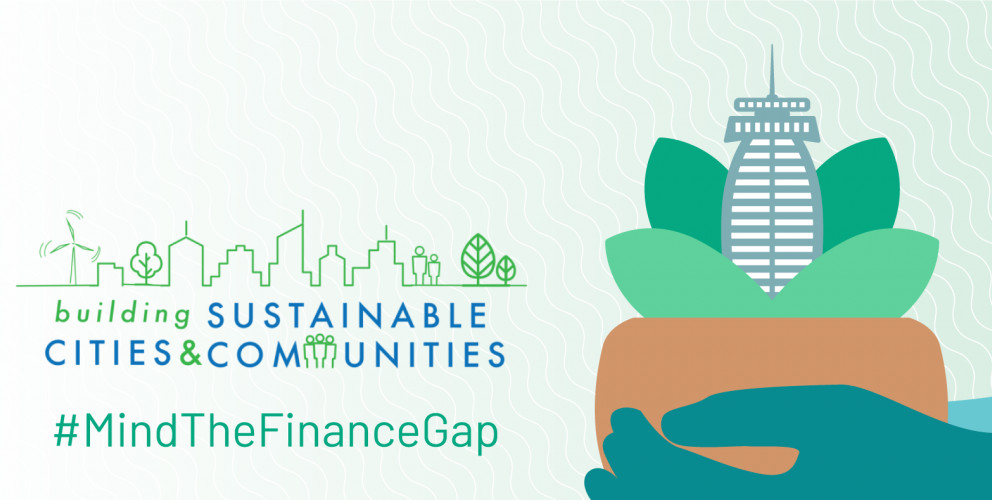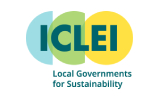Activating more private capital to make cities more sustainable

Cities are home to more than half of the world’s population, and they are expected to add another 2.5 billion new residents by 2050. They face increasing environmental pressures and infrastructure needs—and growing demands from residents to deliver a better quality of life and to do so at a sustainable cost.
The biggest long-term challenge of all is, of course, climate change. Cities are some of the most important battlegrounds in this fight, since urban areas consume over two-thirds of the world’s energy and generate roughly 70% of its greenhouse gas emissions.
Now that the COVID-19 pandemic has crowded out many other priorities and drained government coffers, it will be more important than ever to attract private capital to the task of building out resilient infrastructure and making cities more sustainable. We see two ways of doing that: improving the market for private investment in infrastructure assets, and creating “smart city” ecosystems that invite private players to the party.
Unlocking private investment in public assets
It seems like a match made in heaven: When they need to build infrastructure systems, governments want to circumvent tight budgets and benefit from private-sector efficiency. Institutional investors are desperately seeking stable, long-term, inflation-protected returns to match their obligations.
But the flow of funds is not what it could be. Capital markets for infrastructure assets remain complex, non-standardized, and illiquid. One of the biggest constraints seems to be the lack of a robust and transparent pipeline of well-prepared, bankable projects. Investors with limited resources, time, and expertise, such as pensions and insurance companies, can find it difficult to assess projects. Having to create unique financing structures for each one extends the timeline and drives up transaction costs.
Strengthening the pipeline of suitable projects is a core priority at a time when cities face a host of environmental priorities. The list of priorities is long: expanding public transit, shifting to cleaner energy sources, building seawalls and early-warning systems, and adding more resilient affordable housing.
Simply bidding on a project requires investors to commit significant resources. Governments in turn need to provide them with long-term transparency by publishing future project pipelines so they can see what lies ahead. Local jurisdictions also need governance structures that include rigorous review and a fair hearing to those who might be negatively affected—but they cannot allow those processes to drag on for years.

A great deal of infrastructure development fails at the outset. A high-level need is never addressed or a big idea is never developed into a viable concept because the challenges are complex, the time lines are long, and the outcomes uncertain. Establishing venture fund structures or early concept development units could help local governments overcome those types of hurdles. Development banks can provide mezzanine finance as first-loss absorber or deploy other tools for credit enhancement. Another way to reduce transaction costs for investors is by pooling projects, perhaps by developing funds, indexes, and securitization vehicles.
Investors will only commit capital if the risk-adjusted financial returns are there—and this requires regulatory certainty and room to maneuver. They require clarity on issues such as carbon pathways and feed-in tariffs, as well as phaseouts of subsidized power and water prices in favor of vouchers or other means of support for poor households in emerging economies. Unexpected policy and regulatory changes can alter the basic feasibility equation for a private operator.
Creating a “smart city” ecosystem that invites private-sector innovation
Most cities have limited financial resources, personnel, and expertise at their disposal—but city government does not have to be the sole funder and operator of every type of service and infrastructure system. Many smart city innovations are revenue-producing ventures from private-sector companies. Telecom operators, for example, are laying the necessary digital backbone, while some automakers are beginning to offer mobility solutions directly to the public.
It makes sense to identify those areas where city agencies can step back and make room for other players to provide both capital and expertise. These may include private-sector companies, state-owned utilities, universities, foundations, and nonprofits. Mexico City’s early earthquake warning system, for example, is the product of the CIRES Center, a nonprofit institution, and SkyAlert, a startup that delivers alerts to users via a mobile app that generates revenues through advertising and subscriptions. Singapore’s Smart Nation initiative incubates many pilots, with the eventual goal of turning some over to the private sector or instituting user fees.
Private innovation can be applied to the goal of reducing emissions and creating a more livable environment. These include smart mobility options that discourage the use of private vehicles and cut down on idling traffic and delivery trucks. Intelligent building management systems, smart meters, and dynamic electricity pricing can reduce energy consumption. Other types of apps and sensors focus on monitoring air quality in real time, reducing water consumption, and minimizing solid waste. Our research found that cities deploying a range of smart solutions could, on average, cut greenhouse gas emissions by 10–15%.
In cases where smart city innovations come from private-sector companies, the role of government may involve creating the right regulatory environment, convening key actors, offering subsidies, or changing purchasing decisions. Encouraging innovation by external actors typically starts with making government data open source and easily accessible. Some cities take that further by creating consortia, partnerships, and even physical collaboration spaces.
Many of the world’s wealthiest capitals are starting their smart city journeys with formidable advantages. By contrast, developing cities are still filling in gaps in backbone digital infrastructure. But smart solutions can deliver the biggest improvements in these settings. While traditional infrastructure builds are much needed, they can take years. In the meantime, smart solutions can accelerate innovation, fill in the gaps, and provide more immediate impact. Technology is not a frill that developing cities can’t afford; it’s a powerful tool for scaling up services quickly and doing more with less.
Jonathan Woetzel is Director of the McKinsey Global Institute and Senior Partner at McKinsey & Company. Shannon Bouton is Global Executive Director for Sustainable Communities at McKinsey.org.








